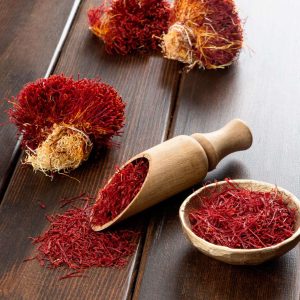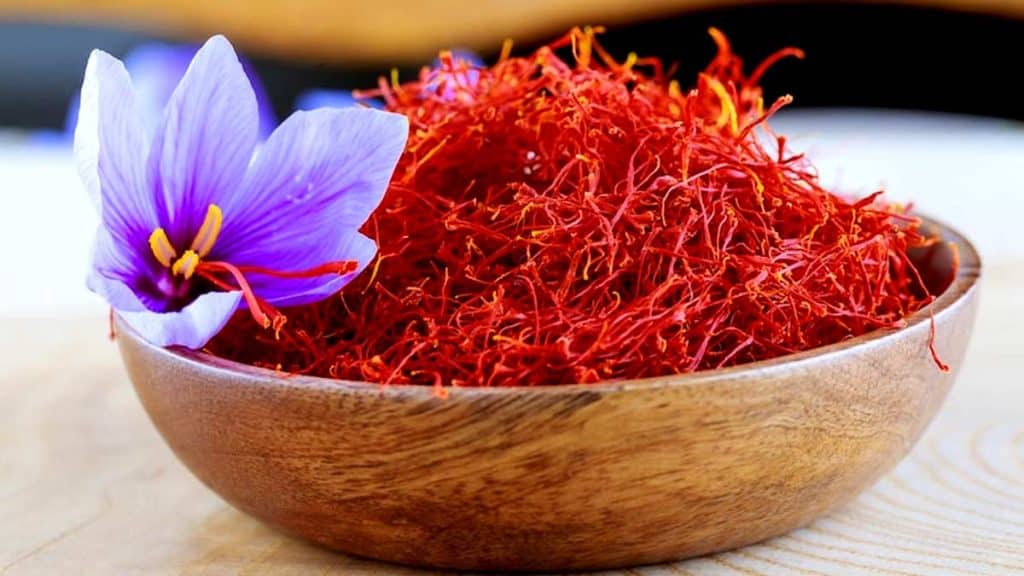Iranian Saffron: The World’s Finest Spice
Introduction
Saffron, known as the “red gold,” is one of the most precious and sought-after spices in the world. With its vibrant color, unique flavor, and numerous health benefits, saffron has been used for centuries in various cuisines, medicinal practices, and even as a dye. Among the many countries that produce saffron, Iran stands out as the largest and most renowned producer. In this article, we will delve into the fascinating world of Iranian saffron, exploring its origins, cultivation methods, quality standards, and the reasons behind its exceptional reputation.
The History and Origins of Iranian Saffron
Saffron has a long and storied history, dating back over 3,000 years. Its origins can be traced to the region of Persia, which is present-day Iran. The ancient Persians not only cultivated saffron but also revered it for its medicinal properties, using it to treat various ailments and as a symbol of wealth and luxury. Over time, saffron cultivation spread to other parts of the world, but Iran has remained the primary producer and exporter of this precious spice.
Climate and Geography: Ideal Conditions for Saffron Cultivation
Iran’s unique climate and geography provide the ideal conditions for saffron cultivation. The country’s dry and arid climate, with hot summers and cold winters, creates the perfect environment for the saffron crocus (Crocus sativus) to thrive. The saffron crocus requires a distinct combination of temperature, sunlight, and well-drained soil to produce high-quality saffron threads, and Iran’s diverse topography offers a range of microclimates suitable for cultivation.
Saffron Cultivation: Labor-intensive and Delicate Process
The cultivation of saffron is a labor-intensive and delicate process that requires meticulous care and attention to detail. The process begins with the planting of saffron corms, which are small bulbs that contain the dormant saffron crocus. These corms are planted in well-prepared soil during the summer months to allow them to establish roots before the onset of winter.
Once the saffron crocus flowers bloom in autumn, skilled farmers carefully hand-pick the delicate, thread-like stigmas, or saffron threads, from each flower. This is a time-consuming and labor-intensive task, as each flower contains only three stigmas, and it takes around 150 flowers to produce just one gram of saffron threads. The harvesting process must be done with precision and speed to ensure the freshness and quality of the saffron.
Quality Standards: The Key to Iranian Saffron’s Reputation
Iranian saffron has earned a reputation as the finest saffron in the world, thanks to its exceptional quality and distinct flavor. To maintain this reputation, Iran has implemented strict quality standards and regulations for saffron production and export. The Iranian saffron industry is overseen by the Iran National Saffron Council, which ensures that saffron farmers adhere to specific guidelines throughout the cultivation, harvesting, processing, and packaging stages.
The quality of Iranian saffron is determined by several factors, including the color, aroma, taste, and chemical composition of the saffron threads. The International Organization for Standardization (ISO) has established specific standards for saffron, with Grade I saffron being the highest quality. Iranian saffron consistently meets these stringent standards, making it highly sought after by chefs, spice traders, and consumers worldwide.
The Flavor and Aroma Profile of Iranian Saffron
Iranian saffron is renowned for its unique flavor and aroma, which sets it apart from saffron produced in other regions. The flavor profile of Iranian saffron is described as floral, slightly sweet, and with hints of honey. The aroma is intense and captivating, with earthy and hay-like notes. When added to dishes, Iranian saffron imparts a rich golden color and a distinct flavor that elevates the taste and visual appeal of any recipe.
Health Benefits of Iranian Saffron
In addition to its culinary uses, Iranian saffron offers a range of health benefits due to its rich chemical composition. Saffron contains several bioactive compounds, including crocin, safranal, and picrocrocin, which have antioxidant, anti-inflammatory, and mood-enhancing properties. These compounds contribute to the potential health benefits of saffron, which include improved mood, reduced symptoms of depression and anxiety, enhanced cognitive function, and potential anticancer properties.
Culinary Uses: Iranian Saffron in the Kitchen
Iranian saffron is a prized ingredient in Persian cuisine, where it is used to add flavor, color, and aroma to a variety of dishes. It is a key component in traditional Iranian recipes such as saffron rice (polow), saffron-infused tea, and saffron-scenteddesserts like saffron ice cream and saffron-flavored pastries. Iranian saffron is also highly valued in international cuisines, where it adds a touch of luxury and sophistication to dishes such as paella, risotto, and various seafood and meat dishes.

Buying and Storing Iranian Saffron
When purchasing Iranian saffron, it is important to look for trusted sources that guarantee the authenticity and quality of the product. Genuine Iranian saffron will have a deep red color with vibrant orange-red stigmas, a strong aroma, and a slightly bitter taste. It is advisable to buy saffron threads rather than powder, as the threads retain their flavor and aroma for a longer period.
To store Iranian saffron, it is recommended to keep it in an airtight container, away from light, heat, and moisture. Proper storage will help preserve the flavor, aroma, and color of the saffron threads for an extended period. It is also essential to use saffron sparingly, as a little goes a long way due to its potent flavor and color.

Conclusion
Iranian saffron stands as the epitome of quality and excellence in the world of spices. Its rich history, meticulous cultivation process, strict quality standards, and unique flavor profile contribute to its exceptional reputation. Whether used in traditional Persian dishes or incorporated into international cuisines, Iranian saffron adds a touch of elegance and sophistication to any recipe. With its numerous health benefits and vibrant color, saffron continues to be treasured as one of the most valuable and coveted spices in the world.



